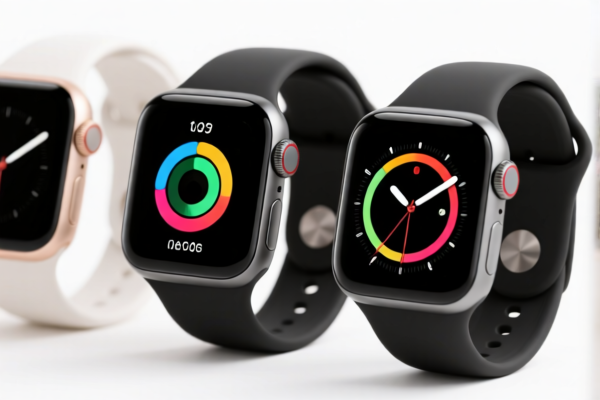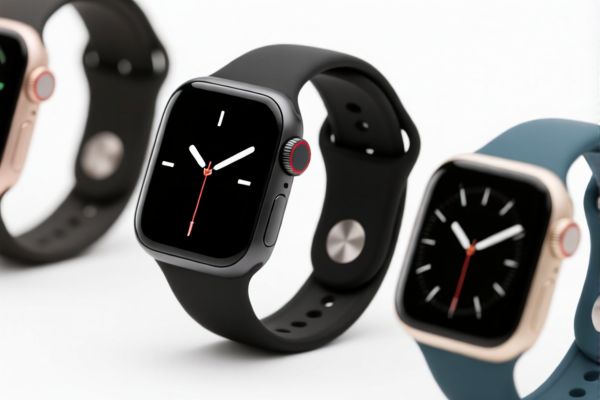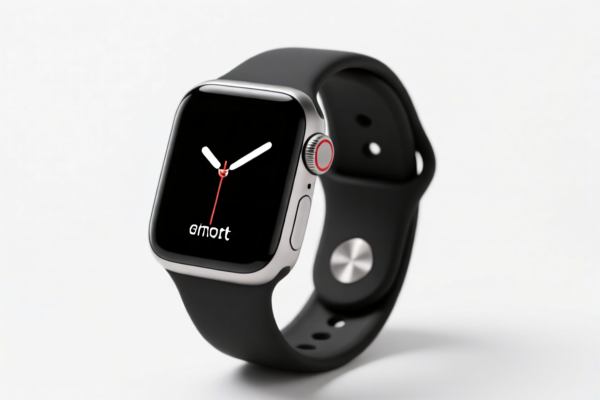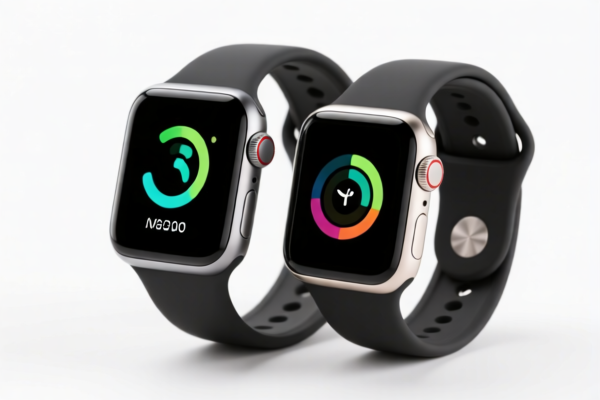| HS Code | Official Doc | Tariff Rate | Origin | Destination | Effective Date |
|---|---|---|---|---|---|
| 9102122000 | Doc | 30.0% | CN | US | 2025-05-12 |
| 9102290200 | Doc | 51.5% | CN | US | 2025-05-12 |
| 9105996000 | Doc | 23¢ each + 3.2%+37.5% | CN | US | 2025-05-12 |
| 9101297000 | Doc | 40.6% | CN | US | 2025-05-12 |
| 9114901500 | Doc | 44.7% | CN | US | 2025-05-12 |




Watches
Watches are portable timekeeping devices traditionally worn on the wrist. While originally mechanical, modern watches utilize a variety of technologies. They serve the primary function of displaying the time, but have evolved into complex pieces of jewelry, status symbols, and tools with additional functionalities.
Materials
Watch construction employs a diverse range of materials, impacting durability, aesthetics, and cost:
- Case: Stainless steel is common for its corrosion resistance and affordability. Titanium offers lightweight strength. Gold (yellow, white, rose) and platinum are used for luxury models. Ceramic provides scratch resistance. Plastics (resin, polycarbonate) are found in more affordable, often sports-oriented watches.
- Strap/Bracelet: Leather is traditional, offering comfort and a classic look. Metal bracelets (stainless steel, titanium, gold) provide durability and a more formal appearance. Rubber/silicone straps are common for sports and diving watches. Fabric straps (NATO, canvas) offer versatility and a casual style.
- Crystal: Acrylic (plastic) is inexpensive but prone to scratches. Mineral crystal is more scratch-resistant than acrylic. Sapphire crystal is highly scratch-resistant, found in higher-end watches.
- Movement Components: Steel alloys are common for gears and other internal parts. Rubies (synthetic) are used as bearings to reduce friction.
Purpose & Function
- Timekeeping: The core function. Analog watches display time using hands; digital watches use numerical displays.
- Chronograph: Measures elapsed time, often used for sporting events.
- Date/Day Display: Shows the current date and/or day of the week.
- Alarm: Provides an audible alert.
- GMT/World Time: Displays time in multiple time zones.
- Water Resistance: Protects the movement from water damage. Measured in atmospheres (ATM) or meters (m).
- Complications: Additional functions beyond basic timekeeping, such as moon phase, perpetual calendar, or tourbillon.
- Smartwatch Functionality: Integration with smartphones, offering notifications, fitness tracking, and other apps.
Usage Scenarios
- Everyday Wear: Casual or formal watches for daily use.
- Sports/Outdoor Activities: Durable, water-resistant watches with features like chronographs and GPS.
- Diving: Highly water-resistant watches with specific features for underwater use.
- Formal Occasions: Elegant watches often made of precious metals.
- Professional Use: Watches designed for specific professions (e.g., pilot watches, aviation watches).
Common Types
- Mechanical Watches: Powered by a mainspring and gears, requiring manual winding or automatic winding (self-winding).
- Manual Wind: Requires daily winding.
- Automatic: Wound by the motion of the wearer's wrist.
- Quartz Watches: Powered by a battery and a quartz crystal oscillator, offering high accuracy.
- Digital Watches: Display time numerically using an LCD or LED screen.
- Smartwatches: Integrate with smartphones, offering a wide range of features.
- Chronographs: Watches with stopwatch functionality.
- Diving Watches: Water-resistant watches with unidirectional bezels and luminous displays.
- Pilot Watches: Designed for aviators, with features like large dials and easy-to-read displays.
- Dress Watches: Elegant watches designed for formal occasions.
- Field Watches: Rugged watches designed for military use.
- Skeleton Watches: Watches with a partially exposed movement.
Watches encompass a variety of timekeeping devices worn on the wrist or carried in a pocket. They can be electrically operated or mechanical, and may include additional features like stopwatches. The case material can range from precious metals to metal clad with precious metals. Straps, bands, or bracelets are often included and are classified with the watch itself under specific conditions.
The following HS codes are relevant to watches, based on the provided information:
- 9101.19.20.20: This HS code applies to wrist watches, pocket watches, and other watches (including stopwatches) with a case of precious metal or metal clad with precious metal. Specifically, it covers watches that are electrically operated, whether or not they incorporate a stop watch facility, and have an opto-electronic display only. Straps, bands, or bracelets entered with these watches (under subheading 9101.19.20) are classifiable therewith. These watches may be of textile material or base metal, whether or not gold- or silver-plated. The total tax rate is 37.5%, comprised of a 0.0% base tariff and a 7.5% additional tariff, increasing to 30.0% after April 2, 2025.
- 9101.91.20.00: This HS code also applies to wrist watches, pocket watches, and other watches (including stopwatches) with a case of precious metal or metal clad with precious metal. However, it specifically covers electrically operated watches (other than those of heading 9101) with an opto-electronic display only. The total tax rate is 37.5%, comprised of a 0.0% base tariff and a 7.5% additional tariff, increasing to 30.0% after April 2, 2025.
- 9102.12.20.00: This HS code applies to wrist watches, pocket watches, and other watches (excluding those of heading 9101). It covers electrically operated wrist watches, whether or not they incorporate a stop watch facility, with an opto-electronic display only. Straps, bands, or bracelets entered with these watches (under subheading 9102.12.80) are classifiable therewith. These watches may be of textile material or base metal, whether or not gold- or silver-plated. The total tax rate is 30.0%, comprised of a 0.0% base tariff and a 0.0% additional tariff, increasing to 30.0% after April 2, 2025.
- 9102.12.40.00: This HS code also applies to wrist watches, pocket watches, and other watches (excluding those of heading 9101). It covers electrically operated wrist watches, whether or not they incorporate a stop watch facility, with an opto-electronic display only. Straps, bands, or bracelets entered with these watches (under subheading 9102.12.80) are classifiable therewith. These watches may be of other materials. The total tax rate is 30.0%, comprised of a 0.0% base tariff and a 0.0% additional tariff, increasing to 30.0% after April 2, 2025.
Please note that the tax rates for all listed HS codes are subject to change, with an increase to 30.0% after April 2, 2025. When declaring watches under HS codes 9102.12.20.00 or 9102.12.40.00, straps, bands, or bracelets entered with the watches (under subheading 9102.12.80) are classifiable with the watch itself.
Customer Reviews
No reviews yet.